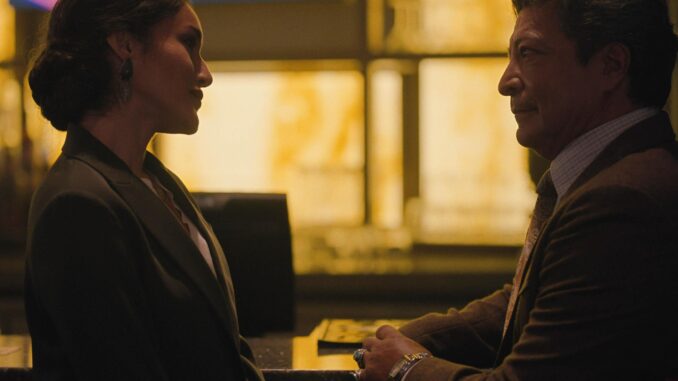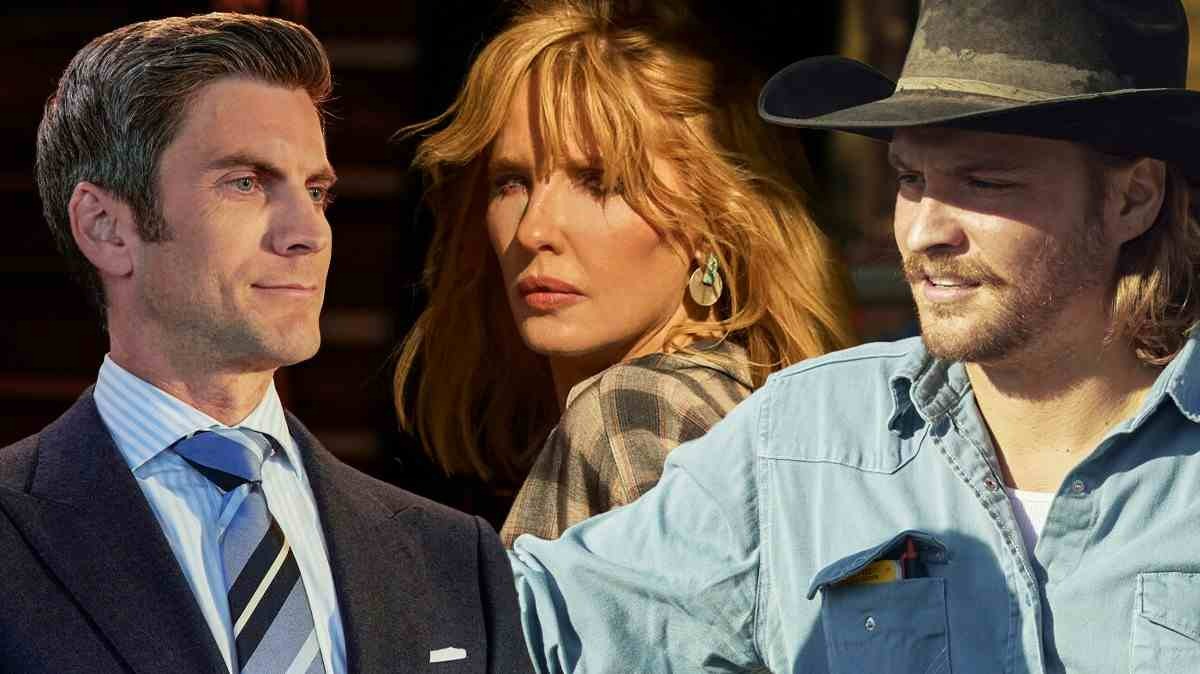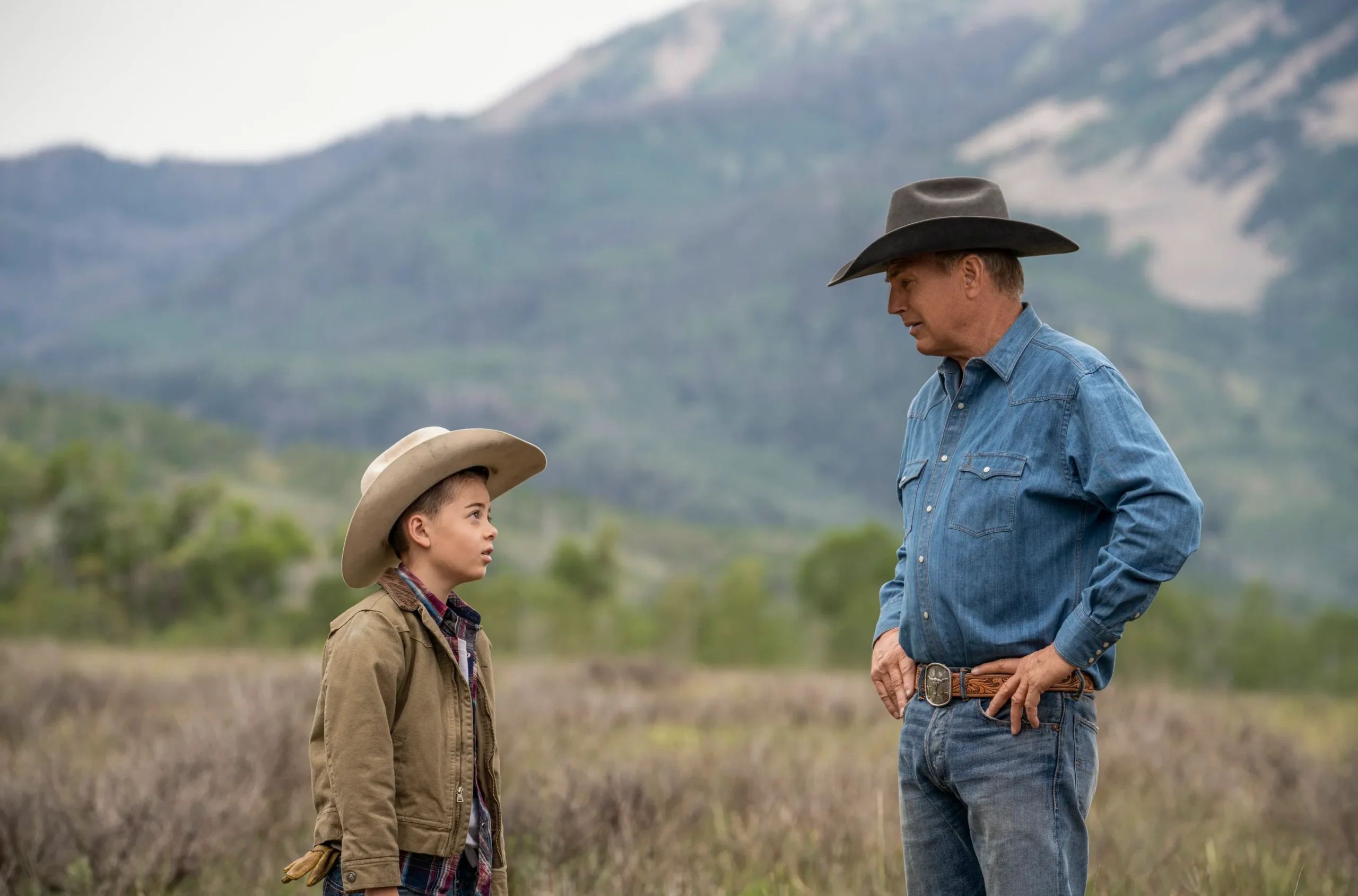
From Ranch to Screen: The Cowboys Behind Yellowstone
Taylor Sheridan’s Yellowstone has been praised for its gripping storytelling, stellar performances, and cinematic visuals. However, one of the key factors that make the show stand out is its authenticity in portraying the cowboy way of life. Unlike other Hollywood productions, Yellowstone doesn’t just dress its actors in cowboy hats and boots—it immerses them in real ranch work, thanks to the guidance of actual cowboys who ensure the accuracy of the Western lifestyle.
The Real Cowboys Who Keep Yellowstone Authentic
Unlike most television productions that rely on choreographers or stunt doubles, Yellowstone employs experienced ranchers and cowboys to work both behind the scenes and in front of the camera. Many of the show’s most memorable moments—including cattle drives, branding, and rodeo sequences—are guided by professionals who live the cowboy life daily. Real ranchers such as Buster Welch and Jake Ream have not only advised the actors but have also appeared on screen to add legitimacy to the portrayal.
Training the Cast: A Crash Course in Cowboying
Before stepping into their roles, many of Yellowstone’s actors underwent intensive cowboy training. Under the supervision of skilled wranglers, stars like Luke Grimes (Kayce Dutton) and Cole Hauser (Rip Wheeler) had to learn how to ride, rope, and work with cattle. Taylor Sheridan himself, a seasoned horseman, led much of the training, ensuring that every cast member could perform their own stunts and interact naturally with horses and livestock.

For actors who had never been on a ranch before, this training was both rigorous and eye-opening. Instead of using green-screen effects or fake riding scenes, the cast was put through weeks of real ranch work to fully embrace their roles. This dedication to realism sets Yellowstone apart from other Western-themed productions, making the action and lifestyle feel genuinely lived-in rather than staged.
The Influence of Real Ranch Life on the Show’s Narrative
Sheridan’s commitment to authenticity extends beyond just training his cast—he incorporates real-life cowboy experiences into Yellowstone’s storylines. Many of the challenges faced by the Dutton family and their ranch hands reflect genuine struggles in modern ranching, including land disputes, government regulations, and the evolving cattle industry.
By bringing in consultants with firsthand experience, Yellowstone captures the physical and emotional reality of cowboy life. The show’s narrative doesn’t just romanticize the cowboy way—it highlights the grit, hardship, and dedication required to maintain a working ranch. This approach has resonated with audiences, particularly those who live and work in rural America, where Yellowstone has built a passionate fan base.
The Crossover Between Real Cowboys and Hollywood
One of the most unique aspects of Yellowstone is how it has created a crossover between real cowboys and Hollywood actors. Several of the show’s supporting cast members are actual working cowboys, including rodeo champions and horse trainers. Taylor Sheridan himself is known for hiring people with real-life experience rather than relying solely on traditional casting calls.
This blending of real and fictional cowboys has led to some surprising discoveries. Many of the real cowboys have become fan favorites due to their natural screen presence, while some actors have developed a genuine passion for ranching beyond their work on the show. For instance, many of Yellowstone’s stars have continued to ride and train long after filming, a testament to how deeply they’ve connected with the cowboy way of life.
Why Authenticity Matters
In an era when many productions use CGI or stylized action sequences, Yellowstone’s commitment to realism is refreshing. The presence of real cowboys on set ensures that even the smallest details—how a rider holds the reins, the way a horse moves, or how cattle are herded—are portrayed accurately.

This attention to detail has not only won over longtime Western fans but has also educated audiences unfamiliar with ranch life. By showing the challenges and traditions of real ranchers, Yellowstone has helped revive interest in cowboy culture, inspiring viewers to learn more about the lifestyle it depicts.
The Legacy of Yellowstone’s Cowboy Culture
As Yellowstone continues to expand its universe with spin-offs like 1883 and 1923, the influence of real cowboys remains a cornerstone of its storytelling. Taylor Sheridan has proven that Hollywood doesn’t have to sacrifice authenticity for drama—by honoring the real cowboys who inspired these stories, he has crafted a series that feels as true to life as it is compelling.
Whether you’re a die-hard fan of the show or just someone who appreciates well-told stories, there’s no denying that Yellowstone is as much a tribute to the American West as it is a modern drama. Thanks to the real cowboys behind the scenes, it’s a show that doesn’t just depict cowboy life—it lives it.
